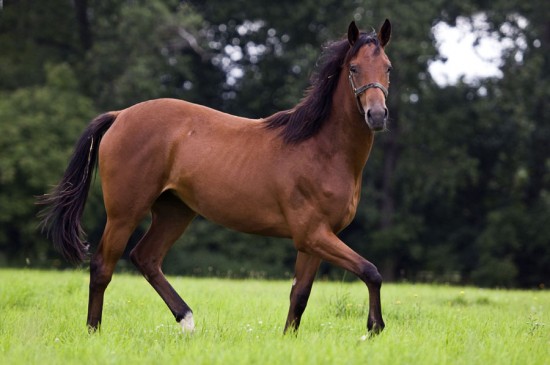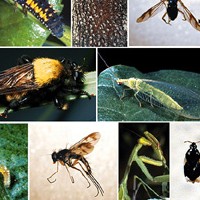Pigeons and doves constitute the bird family Columbidae, which include about 300 species of near passerines. In general, dove and pigeon are almost the same. Their names are used interchangeably. And historically the common names for these birds involve a lot of variations. However, there is a tendency for dove to be used for smaller species and pigeon for larger ones. This family of bords occurs worldwide, but the greatest variety is in the Indomalaya and Australasia ecozones.
Pigeons and doves are stout-bodied birds with short necks, and have short slender bills with a fleshy cere. The species commonly referred to just as "pigeon" is the feral Rock Pigeon, common in many cities.
Doves and pigeons build relatively flimsy nests from sticks, which may be placed in trees, on ledges or on the ground, depending on species. They lay one or maybe two eggs, and both parents care for the young, which leave the nest after 7 to 28 days. Doves feed on seeds, fruit and plants. Unlike most other birds, the doves and pigeons produce milk, which is secreted by a sloughing of fluid-filled cells from the lining of the crop. Both sexes produce highly nutritious substance to feed to the young.
Pigeons and doves are distributed everywhere, except for the driest areas of the Sahara Desert, Antarctica and its surrounding islands and the high Arctic. They have colonised most of the world's oceanic islands.
The family has adapted to most of the habitats available on the planet. The largest number of species are found in tropical forests and woodlands, where they may be arboreal, terrestrial or semi-terrestrial. Various species also inhabit deserts, savannas, grasslands, temperate woodlands and forests, etc..
The distribution of the species vary a lot. Some species have large natural ranges. The Eared Dove ranges across the entirety of South America, the Eurasian Collared Dove has a massive distribution from Britain across Europeto China, and the Laughing Dove across most of sub-Saharan Africa as well as India and the Middle-east.
Other species have a small restricted distribution, which is most common in island endemics. The Whistling Dove is endemic to the tiny island of Kadavu in Fiji, the Caroline Ground-dove is restricted to two islands, Truk and Pohnpei in the Caroline Islands and the Grenada Dove is restricted to Grenada in the Caribbean. Even some continental species also have tiny distributions. For example the Black-banded Fruit-dove is restricted to a small area of the Arnhem Land of Australia, the Somali Pigeon is restricted to a tiny area of northern Somalia, and Bare-eyed Ground-dove is restricted to the area around Salta and Tucuman in northern Argentina.
The largest range of any species is that of the Rock Pigeon, or named as Rock Dove. The species had a large natural distribution from Britain and Ireland to northern Africa, across Europe, almost everywhere, up into China and Mongolia. The range of the species increased dramatically upon domestication as the species went feral in cities around the world. The species is currently resident across most of North America, and has established itself in cities and urban areas in South America, sub-Saharan Africa, South East Asia, Japan, Australia and New Zealand. The species is not the only pigeon to have increased its range due to actions of man. Several other species have become established outside of their natural range after escaping captivity, and other species have increased their natural ranges due to habitat changes caused by human activities.

 Dermatitis In Cats
Dermatitis In Cat
Dermatitis In Cats
Dermatitis In Cat
 Buying The Right Horse
Buying The Right
Buying The Right Horse
Buying The Right
 Why You Need Leather Dog Collars Accessories?
Why You Need Leather Dog Collars Accessories?
Why You Need Leather Dog Collars Accessories?
Why You Need Leather Dog Collars Accessories?
 Do Fleas Have A Natural Predator?
Yes, fleas have a natural predator, in fact they have a
Do Fleas Have A Natural Predator?
Yes, fleas have a natural predator, in fact they have a
 How To Teach Your Puppy Not To Bark
How To Teach Your
How To Teach Your Puppy Not To Bark
How To Teach Your